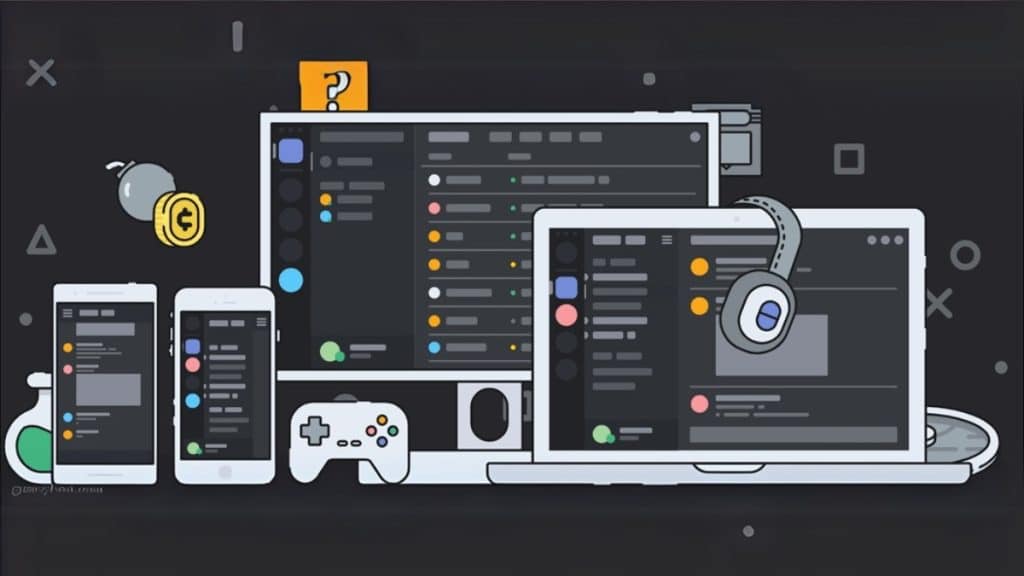Discord has become a powerful platform for building communities, hosting discussions, and creating connections. Whether you’re aiming to start a server for gaming, a shared hobby, or a professional network, crafting a popular server requires a blend of creativity, organization, and engagement. Here’s a complete guide to help you design a thriving Discord server that stands out.
Start with a Clear Purpose
Every great Discord server begins with a clear vision. What’s your server about? Is it a hub for gamers, a place for learning, or a social space for like-minded people? Defining your server’s purpose helps you structure it properly and attract the right audience. A focused theme ensures you provide value to your members, keeping them engaged and coming back for more.
Setting Up the Basics
Creating a Discord server is simple, but configuring it for success takes some planning. Start by clicking the “+” icon in the Discord interface and selecting “Create My Own.” From there:
- Name your server and upload an appealing icon.
- Write a welcoming description that reflects your community’s goals.
- Choose a server region for optimal performance, especially if your members are global.
Once the foundation is set, it’s time to create channels and roles to keep your server organized.
Building Essential Channels
A well-structured server includes a variety of channels to cater to different types of discussions and activities. Here’s a breakdown of must-have channels:
1. General Channels:
- General Chat: The main area for members to hang out.
- Announcements: A dedicated space for updates or important messages.
- Rules and Guidelines: Outline what’s acceptable behavior to ensure a friendly atmosphere.
2. Topic-Specific Channels:
- Create channels tailored to your server’s theme. For example, a gaming server might include channels for different games, while a study server could have sections for subjects or study groups.
3. Voice Channels:
- Add general voice channels for casual conversation.
- Consider game-specific or meeting-focused voice channels for more structured interactions.
4. Private Channels:
- For moderators or admins to coordinate server management.
- Exclusive spaces for premium members or those with special roles.
Assigning Roles and Permissions
Roles are critical for managing your server efficiently. They allow you to assign specific permissions and responsibilities to members. Common roles include:
- Admins: Full access to manage the server.
- Moderators: Responsible for enforcing rules and assisting members.
- Regular Members: General users with standard permissions.
To set up roles, go to Server Settings > Roles > Create Role. Customize each role’s name, color, and permissions.
Using Bots for Automation
Bots make server management easier and more engaging. They can welcome new members, moderate chat, and even add fun features like games and music. Popular bots include:
- MEE6: For moderation, custom commands, and leveling systems.
- Dyno: For auto-moderation and announcements.
- Poll Bot: To create polls and gather feedback from your community.
Keep the Community Engaged
A successful server thrives on activity and interaction. To keep your members engaged:
- Host regular events, such as game nights, Q&A sessions, or workshops.
- Use polls and feedback channels to involve members in decision-making.
- Celebrate milestones, like reaching a specific number of members or your server’s anniversary.
Encourage discussions and participation by creating a welcoming and inclusive environment where members feel valued.
Promoting Your Server
Promotion is essential to attract new members and grow your server. Here are some ways to spread the word:
- Share your server link on your social media platforms or in related communities.
- Collaborate with other servers or influencers in your niche.
- Submit your server to public directories where users can discover it.
- You might also consider giving your Discord server an initial boost by purchasing members from a reputable website, such as BuyCheapestFollowers.
As your server grows, consider the importance of both offline members and active participants to maintain a vibrant atmosphere.
Balancing Online and Offline Members
A good server balances online engagement with a strong member base. Having a mix of active users and those who occasionally check in creates a dynamic and inviting community. If your server needs more real-time activity, consider boosting your online members. A mix of online and offline members ensures your server feels alive while maintaining a robust membership count.
Final Thoughts
Creating a popular Discord server requires a mix of organization, engagement, and strategic growth. By defining your purpose, structuring your channels effectively, and promoting your community, you can build a space that people enjoy being part of. Remember to prioritize your members’ experience by fostering inclusivity and maintaining regular interactions.
With these tips in hand, you’re ready to design and grow a thriving Discord server that stands out from the rest. Start building, and watch your community flourish!

